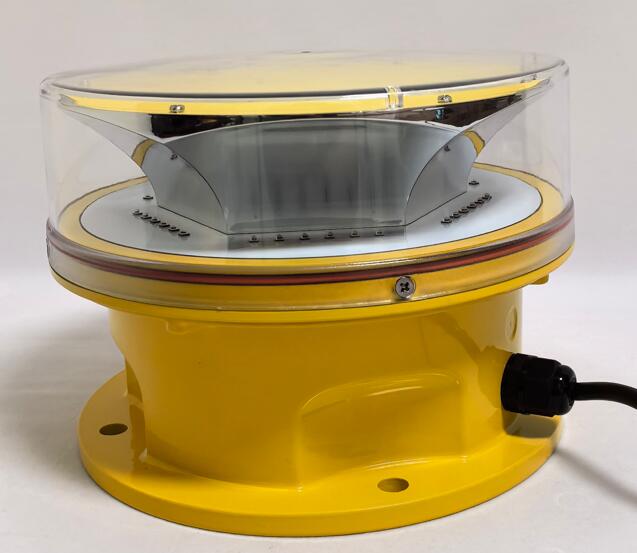Medium Intensity Aviation Light: Balancing Safety and Efficiency in Air Navigation
Aviation lighting plays a crucial role in ensuring safe air travel, particularly during nighttime and low-visibility conditions. Among the various types of warning lights, the medium intensity aviation light stands out as a versatile solution for marking obstacles and guiding aircraft. These lights provide optimal visibility without excessive energy consumption, making them ideal for a wide range of applications. This article explores the significance, functionality, and advantages of medium intensity aviation lights in modern aviation infrastructure.
The Role of Aviation Obstruction Lighting
To prevent collisions between aircraft and tall structures, regulatory bodies such as the FAA (Federal Aviation Administration) and ICAO (International Civil Aviation Organization) mandate the use of obstruction lighting. These lights are categorized into three intensity levels:
Low-intensity aviation lights – Used for structures below 45 meters (148 feet).
Medium intensity aviation light – Suitable for structures between 45 and 150 meters (148–492 feet).

High-intensity aviation lights – Required for structures exceeding 150 meters (492 feet).
The medium intensity aviation light strikes a balance between visibility and energy efficiency, making it a preferred choice for many applications.
Key Features of Medium Intensity Aviation Lights
1. Dual Lighting Modes (Day and Night Operation)
Many medium intensity aviation lights feature dual-mode functionality:
High brightness during the day – Ensures visibility in sunlight.
Reduced intensity at night – Prevents glare while maintaining safety.
2. LED Technology
Modern medium intensity aviation lights use energy-efficient LEDs, offering:
Long lifespan (up to 100,000 hours).
Low power consumption.
High reliability in extreme weather conditions.
3. Compliance with International Standards
These lights adhere to strict aviation regulations, including:
ICAO Annex 14 – Specifies lighting requirements for obstacle marking.
FAC AC 70/7460-1L – Provides guidelines for obstruction lighting in the U.S.
Applications of Medium Intensity Aviation Lights
1. Communication Towers
Telecommunication masts often fall within the 45–150-meter range, making medium intensity aviation lights essential for preventing aerial collisions.
2. Wind Turbines
As wind farms expand, ensuring that turbines are visible to low-flying aircraft is critical. These lights help pilots navigate safely around wind energy installations.
| medium intensity aviation light |
3. Urban High-Rise Buildings
Skyscrapers in cities must comply with aviation safety regulations. Medium intensity aviation lights are commonly installed on rooftops to enhance visibility.
4. Airport Structures
Control towers, hangars, and other airport infrastructure often require medium intensity aviation lights to ensure safe operations during nighttime and poor weather.
Advantages Over Other Lighting Systems
1. Optimal Visibility Without Excessive Brightness
Unlike high-intensity lights, which can be overpowering, medium intensity aviation lights provide sufficient illumination without causing pilot discomfort.
2. Energy Efficiency
LED-based medium intensity aviation lights consume less power than traditional incandescent or halogen systems, reducing operational costs.
3. Lower Maintenance Requirements
With no moving parts and durable construction, these lights require minimal upkeep, making them cost-effective in the long run.
Future Trends in Aviation Lighting
The aviation lighting industry is evolving with advancements such as:
Smart adaptive lighting – Adjusts brightness based on real-time visibility conditions.
| medium intensity aviation lights |
Solar-powered options – Enhances sustainability by integrating renewable energy.
Remote monitoring systems – Allows real-time diagnostics and performance tracking.
These innovations will further improve the efficiency and reliability of medium intensity aviation lights.
The medium intensity aviation light is a critical component in aviation safety, offering the perfect balance between visibility, energy efficiency, and regulatory compliance. As air traffic increases and urban structures grow taller, the demand for reliable obstruction lighting will only rise. By adopting advanced medium intensity aviation lights, the aviation industry can enhance safety while optimizing operational efficiency.
